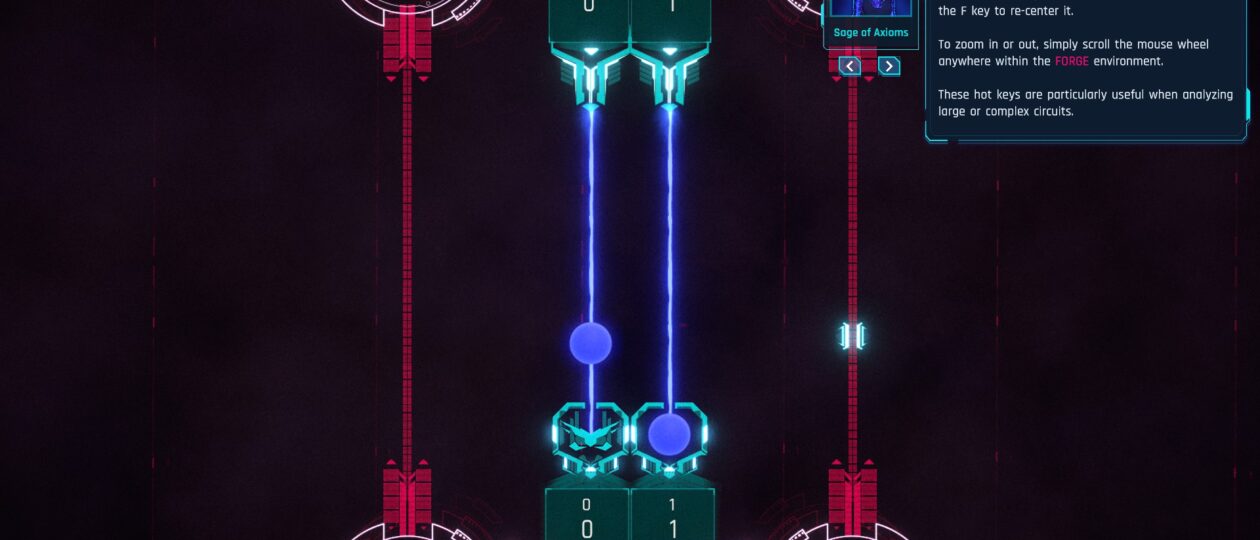There are three things known in life. Death, taxes, and cold weather in February. It is a good excuse to stay cosy indoors with snacks and video games. I’ve lost count of the nights I’ve spent like an upturned turtle with food and my Steam Deck, for instance!
It is time for another cosy Double Bill, and both games I am reviewing today have some twists that we don’t see all too often. Both Quantum Odyssey and Stone of Madness came out earlier this month, and are interesting titles if you fancy something off the beaten path.
Quantum Odyssey
The weirder of the two games is Quantum Odyssey, and it took me a while to grasp just what the hell I was doing with it. It is by far the hardest game I have covered in months, but there isn’t anything else like it on the market at the moment. I’ll be the first to admit that I am not very far in this game at all. I only started playing this last week, so consider this a barebones first impressions of Quantum Odyssey.
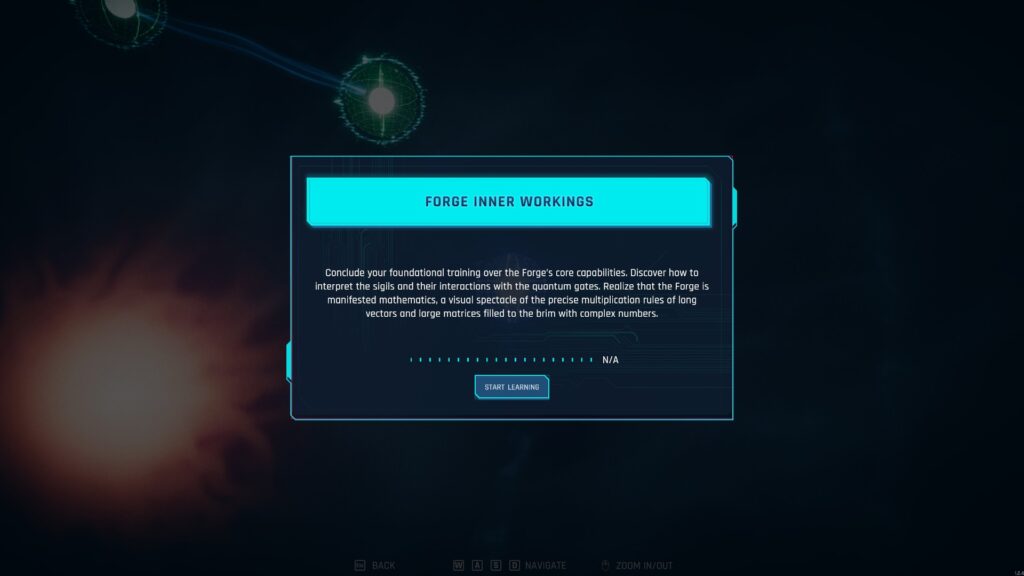
Developed by Quark’s Interactive, it launched in Early Access on January 30 for $19.99, a fair price for what’s on offer. We do not get games that focus on quantum computing at all, let alone one that simulates them accurately. That is quite the rabbit hole to dig! It is also UNESCO’s Year of Quantum 2025, a celebration of the last 100 years in the evolution of quantum mechanics. I did not know that was even a thing before reading the Store Page for this game, so I thank Quarks for teaching me that.
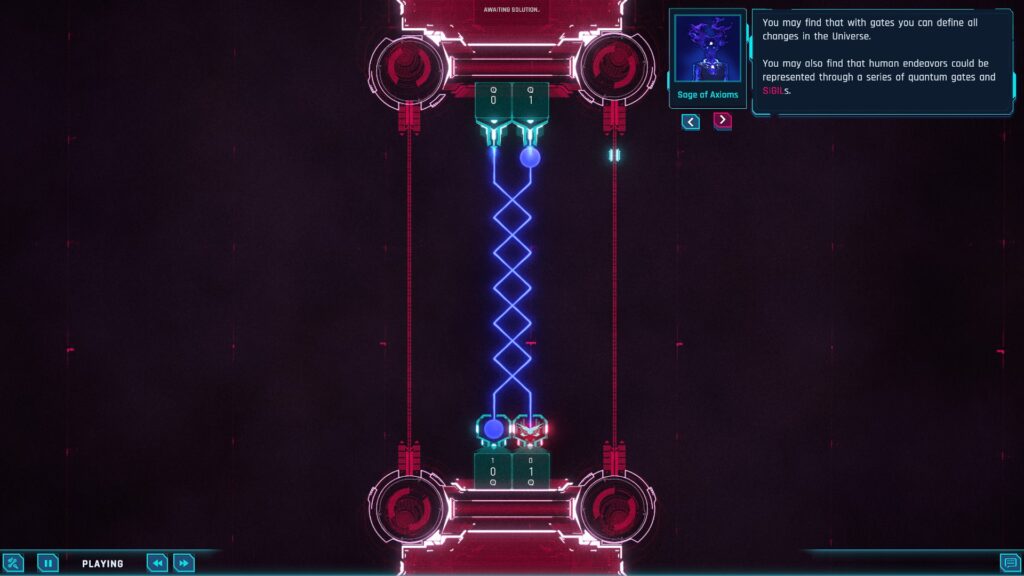
This is a pretty complex game as you can imagine, but Quantum Odyssey provides players with plenty of tutorials. That is just as well for someone like me who struggles with puzzles, but quantum computing ain’t easy! I appreciate how Quark’s Interactive approaches the learning process. All tutorials and dialogue can be repeated as many times as you want, and all the information is available in a helpful in-game codex for additional access.
Quantum Odyssey comes stampeding out of the gates swinging. With over 400 puzzles to test your brain’s mettle, a narrative exploring a fantasy universe shaped by quantum computing, a sandbox mode, and future multiplayer events, this does not feel like an Early Access game at all. There’s a lot of polish already, almost to the point that I wonder why Early Access was even necessary. And that’s not a bad thing! It is a game that requires plenty of focus. It’s not something you can play while micromanaging other tasks, something I learned from experience. Apparently, juggling book editing and Quantum Odyssey does not mix very well.
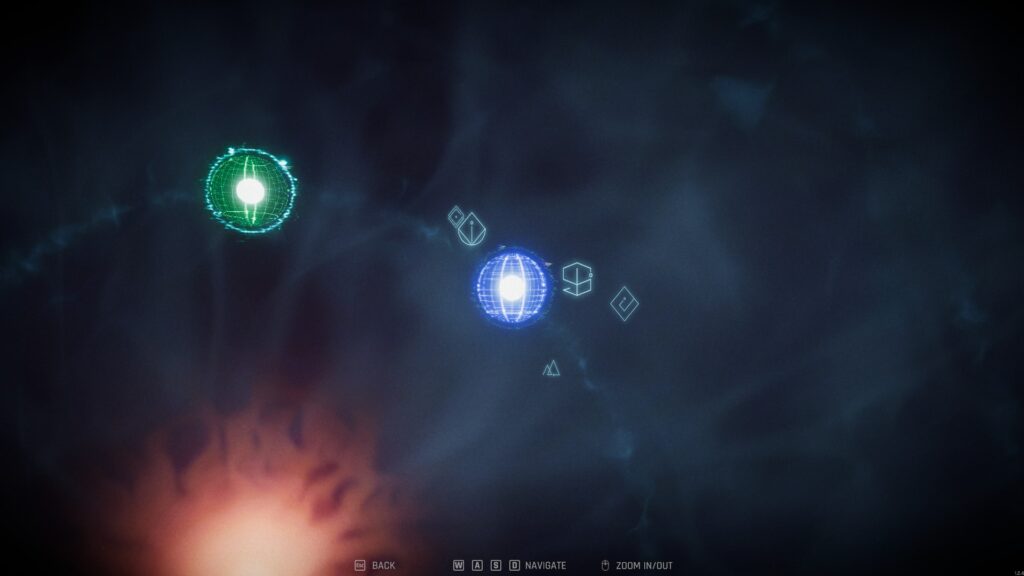
It is probably a bit early for me to share my thoughts on the game, as I do require more time in it. Regardless, if you have interest in quantum mechanics and want to learn more, this is a good investment. I shall return to this one with a deeper impressions review when I have more hours into the game, but it leapt out of me while I was working on Stone of Madness. If a game sticks in your mind, stick with it.
The Stone of Madness
This came as a surprise to me. While I liked the Blasphemous games, I’m the first person to admit I’m not hugely into those difficult combat/souls games, and I remember swearing repeatedly during Blasphemous 2. The developers at The Game Kitchen have worked on The Stone of Madness for quite a while, finally releasing it at the end of Janruary. Big thanks to the devs and those at Pressengine for providing us a review copy, and it took me a while to get around to the game.
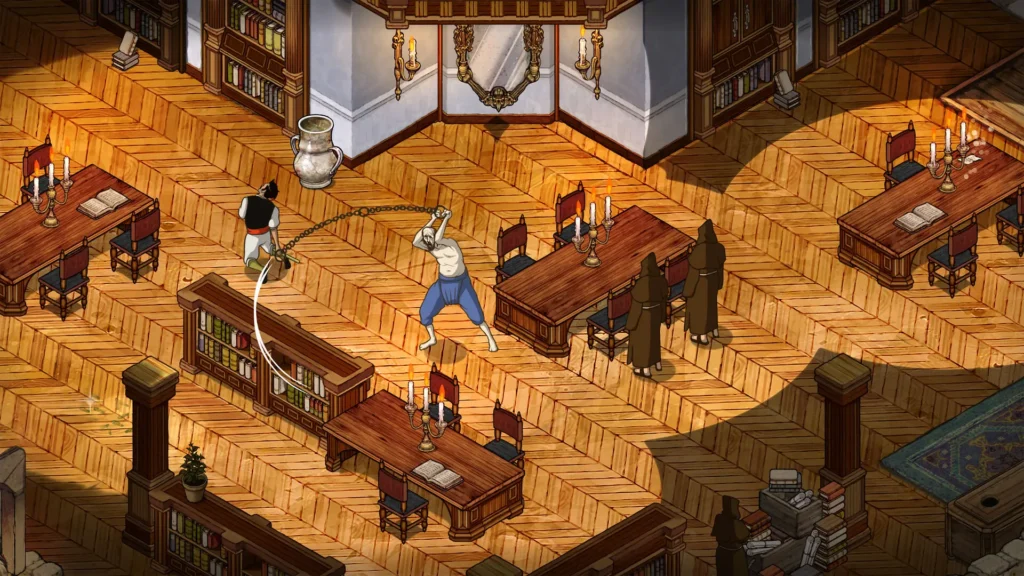
Favouring puzzles and stealth over brutal combat, their approach with The Stone of Madness, and it makes for a refreshing change. I have had some trouble with bugs, and the overall polish still needs some work, but the narrative and strong stealth mechanics set the game apart from other stealth-heavy titles on the market right now.
Set in 18th century Spain, The Stone of Madness is set entirely inside a Jesuit monastery in the Pyrenees that is both a prison for the inquisition, and a holding place for the insane. A group of five captives have to work together and escape while dealing with their own inner turmoils, and I was impressed how the game wove that sense of desperation into both the story and gameplay. The game length is pretty chunky spread across two campaigns and around 30 hours estimated gameplay, although I am only a handful of hours in.
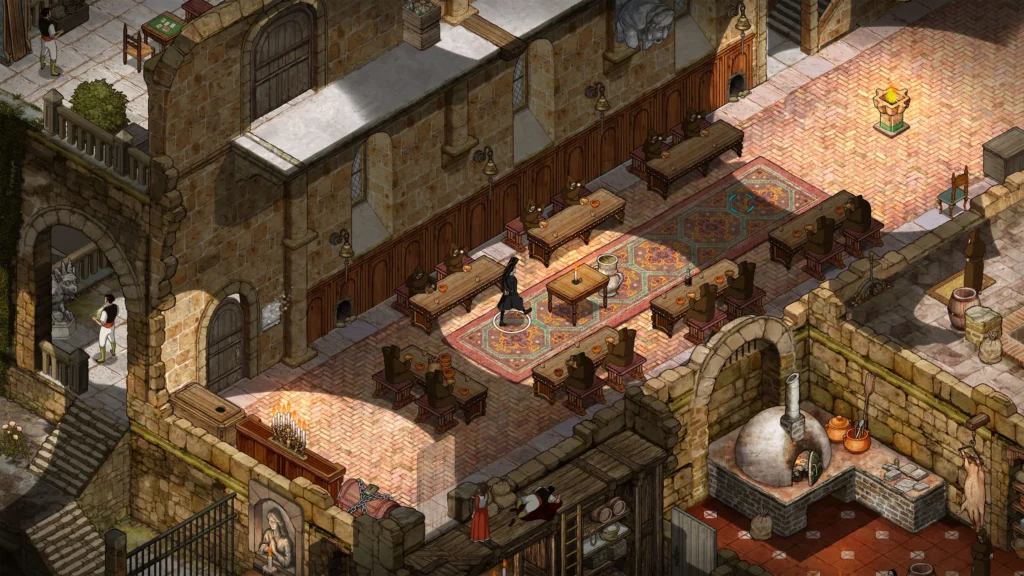
The story and setting is about survival and tackling their own demons, and I found it more compelling than I expected it to be. Eventually you will command five characters: Agnes, Leonora, Amelia, Alfredo, and Eduardo are diverse and well written, each with their own strengths and weaknesses. While it is 18th century Spain, magic is a thing in this game, and each character comes with a specific set of skills vital for navigating the heavily guarded monastery. Some can move heavy objects that others cannot, while others can use magic to help clear the path.
Stealth is heavily encouraged, and while dealing with guards through combat is possible, the former is always the best option. The setting helps sell just how oppressive and shitty the prison is. The aesthetic and game design reminds me of the Desperado games, with a lot more puzzles and RPG mechanics than those. It feels like I’m playing an art painting at times, and despite the modest graphics, the environmental design is great.
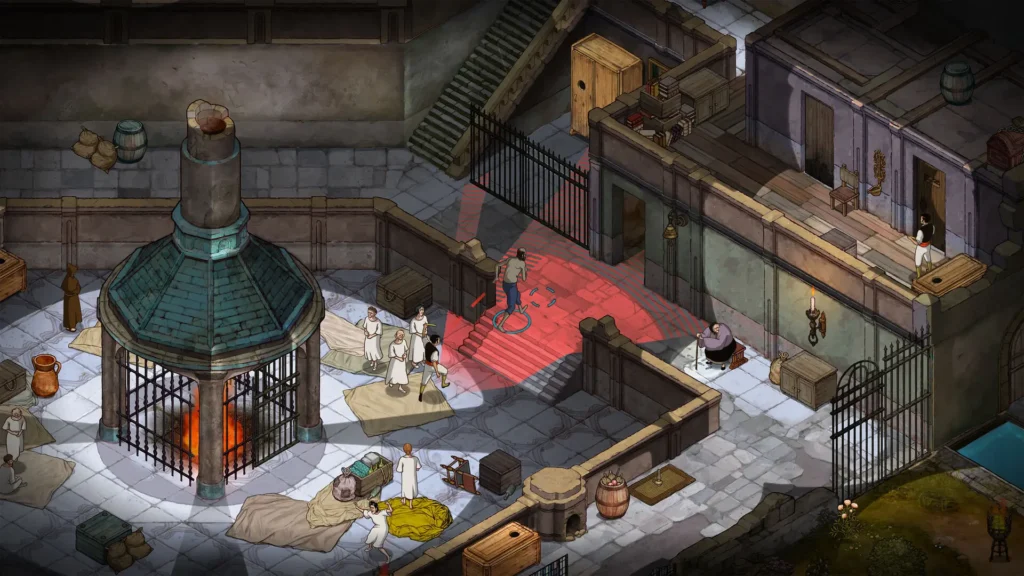
One of the main mechanics is the phobia system. Each player character has their own sets of inner demons that plague them, and managing their mental health is vital to prevent them from spiralling into insanity: which spells disaster for their survival. In the horrific prison, I do not blame these people at all for feeling broken, and it means the player has to work hard to manage their souls in order to survive.
As I said, I had some problems with bugs and overall polish. I had a few instances when my characters got stuck and forced me to reload a checkpoint, and some abilities did not work when I told them to. Based on some of the feedback from other players, I was one of the lucky ones. Some patches have improved performance significantly, but there needs some more work on ironing out the jank. Despite this however, I recommend The Stone of Madness for those looking for a stealth game with more emphasis on sneaking around and avoiding combat.
Next time, we’ll be covering recent indie sensation Eternal Strands!

